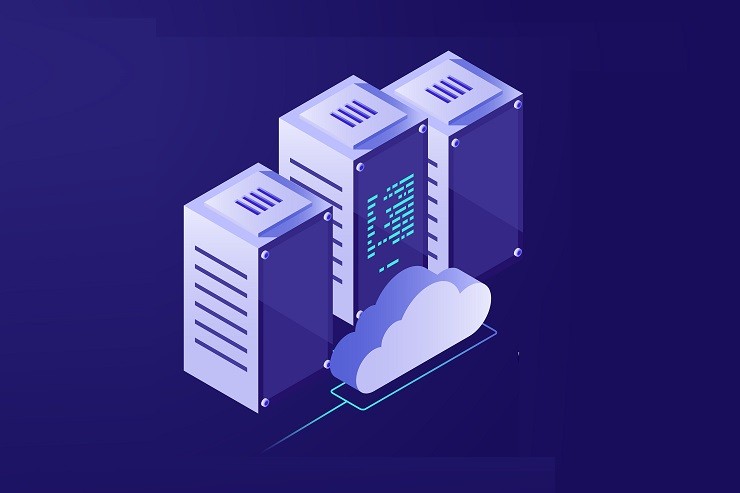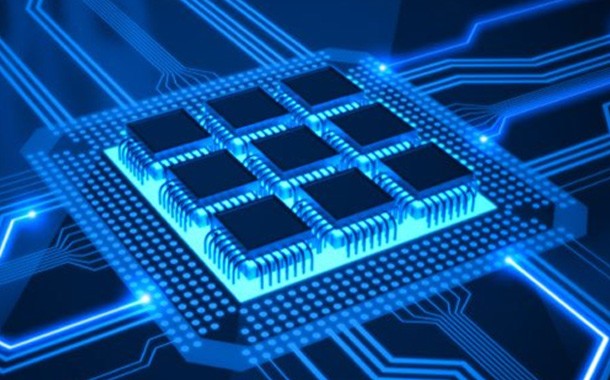Predictions for the trajectory of enterprise solid state devices (SSD) vary widely. In fact, the old definition of SSD as a solid state drive – one that could be put into a hard drive slot – appears to be vanishing rapidly as more form factors appear.
However it is defined, enterprise SSD is in for a big year. Here are eight of the biggest trends that the experts predict will become apparent this year.
1. All-Flash SDS
Lee Caswell, vice president of products, storage and availability at VMware, is bullish with regard to how dominant enterprise SSD will become. He sees a similar trajectory between SSDs in software-defined storage (SDS) solutions and server virtualization.
“Just as server virtualization reached a tipping point years ago where admins had to justify why they were NOT going to virtualize a certain workload, software-defined storage will do that to traditional storage this year,” he said. “Proprietary enterprise storage will become increasingly difficult to justify, particularly as more organizations embrace modern development practices such as continuous integration (CI), continuous delivery (CD) and DevOps. [Hyper-converged infrastructure] (HCI) solutions powered by software-defined storage and all-flash storage are the perfect implementation for these new ideas and practices.”
2. Storage As Memory
When flash burst onto the scene a few years back, it introduced a gray area between storage and memory. Some say, however, that enterprise SSD has not just blurred the lines between storage and memory, but that a transition has been taking place.
The pace of modern enterprise systems and the needs of analytics mean that more and more data has to be available immediately. It can’t be sitting on tape or slow secondary systems. Thus, over time, data has gradually moved from being retained on slower media to being right there whenever needed. You see this in huge in-memory databases and other systems. Dan Cobb, vice president of flash storage strategy and fellow at Dell EMC, calls this the era of memory-centric architectures.
“We expect that over time more of the semantics used to access data will shift from storage instructions such as read and write to memory semantics such as load and store,” he said. “The implication is that our applications will no longer see the memory and storage pools as separate, but instead, more of them will see data as stored in huge tiered memory-centric pools.”
As a result, in-memory processing architectures will become much more common in the coming year. Managing diverse media as reliable scalable memory pools will become the new frontier of innovation in storage technology. And as that trend takes hold, enterprise SSD and all-flash architectures will continue to gobble up market share.
3. More Innovation
Cobb sees Moore’s Law at work in the enterprise flash market. His logic is this: The NAND industry’s transition from planar, 2D flash is largely complete.3D flash is proving its worth in the real world, and that opens up new horizons for flash innovation.
“The cycle of Moore’s Law media density improvements and cost reductions continues unabated, with storage and server platform architects hard at work on new designs that combine flash and emerging memory technologies,” said Cobb. “Contemporary systems of record, engagement and insight must address both rapid data growth and real-time access patterns. The next phase of enterprise flash innovation is upon us.”
4. Scale-up With Dual-Port NVMe
The old argument of the chicken and the egg has been paraphrased in the technology world for some time in discussions about scale-out versus scale-up. As usual, the answer is far from simple.
Michael Letschin, field CTO, Nexenta, sees both sides playing an important role in the future of enterprise SSD. This, he said, will be fueled by non-volatile memory express (NVMe) technology. The NVMe specification enables an SSD to use the high-speed Peripheral Component Interconnect Express (PCIe) bus to reduce latency, boost IOPS and cut power consumption. When combined with dual-port systems, NVMe adds weight to the value of scale-up architectures.
“Currently, dual-port NVMes are too expensive for the majority of real world enterprise applications,” said Letschin. “Over the next couple of years, we expect to see increasing availability of dual-port NVMe devices that deliver even better performance and lower latencies.”
5. Scale-Out All-Flash With NVMe
But for every scale-up success, there is another on the scale-out front. Rather than favoring one side over the other, Letschin sees value in exploring both avenues. With innovation applied in both directions, enterprise SSD can move to new heights.
“Scale-out SDS solutions like NexentaEdge provide all the core functionality required to make all-flash cost effective, like cluster-wide inline deduplication and compression, block, file and object with all enterprise grade functionality around data management and data protection,” he said.
6. Everything Except Archive
But regardless of further innovation, enterprise SSD is eating up much of the storage pie. Some believe that the only realistic area left for non-flash storage is archiving.
“Unless the data is being stored for archiving purposes, it should be on all-flash storage,” said Letschin. “The broader market is quickly realizing this fact and we’re seeing this trend play out faster than most people anticipated.”
7. Distributed Management
Just about everyone agrees that all-flash will be a big trend this year. So what does this mean for the enterprise and the storage manager. Craig Schultz, director of product management, Tintri, said to expect further decentralization of storage as enterprise SSD usage proliferates.
“Different teams need to be able to spin up and tear down workloads with more agility — they don’t have the patience to wait in the traditional IT queue,” said Schultz. “They can be enabled with ChatOps’ use of Slack, Amazon’s Alexa agent and similar avenues to issue requests and drive actions (within permissions). That way non-experts can take ownership of their all-flash footprint.”
8. Lower Cost
Lowering the enterprise SSD price tag has been a continuous trend for many years — and users can expect this to be the case in 2017 and beyond. But as opposed to SSD cost coming down in general, some expect that SSD itself will split into different tiers of capability. Low-cost SSD with basic functions will sit beside higher-end SSD with more advanced functionality.
“Watch for increased capacities at lower cost, differentiation awareness of high capacity, low cost and lower performing SSDs versus improved durability and performance along with cost capacity enhancements for active SSD (read and write optimized),” said Greg Schulz, an analyst with StorageIO Group. “You can also expect increased support for NVMe both as a back-end storage device with different form factors (e.g., M.2 gum sticks, U.2 8639 drives, PCIe cards) as well as front-end (e.g., storage systems that are NVMe-attached) including local direct-attached and fiber-attached. This means more awareness around NVMe both as front-end and back-end deployment options.”




